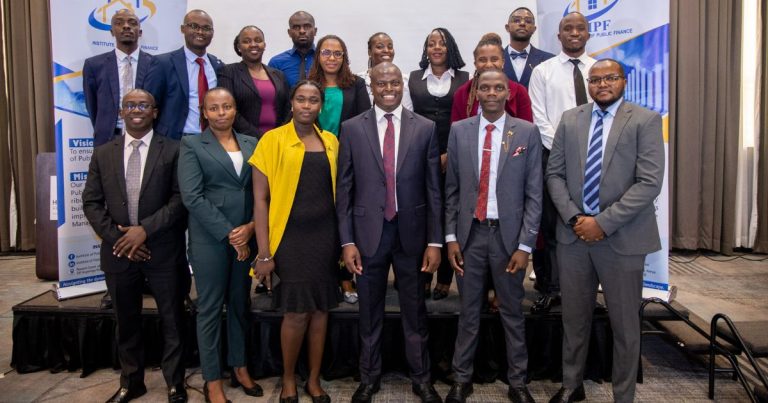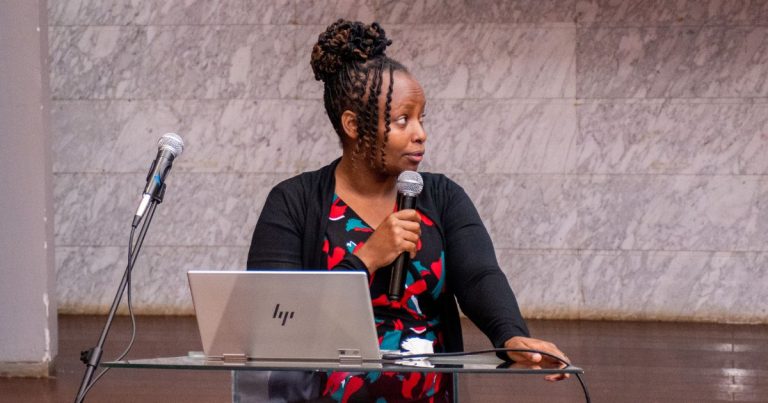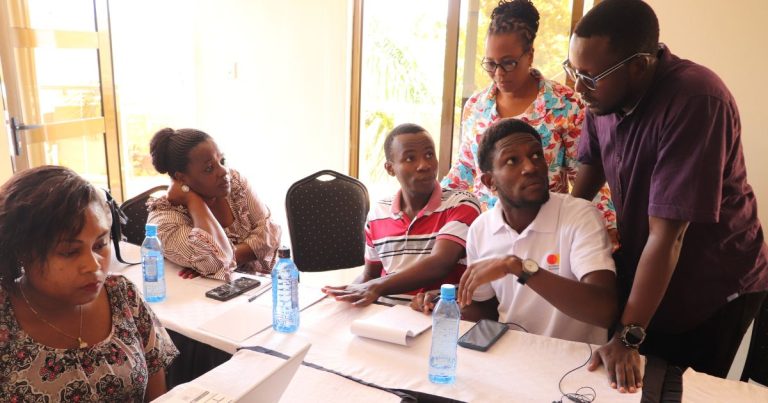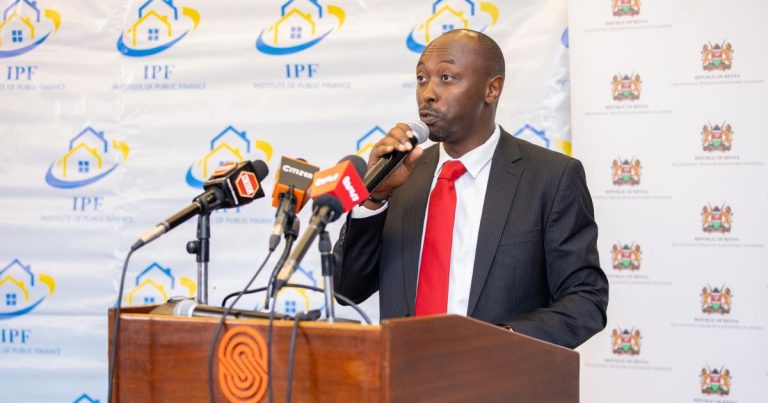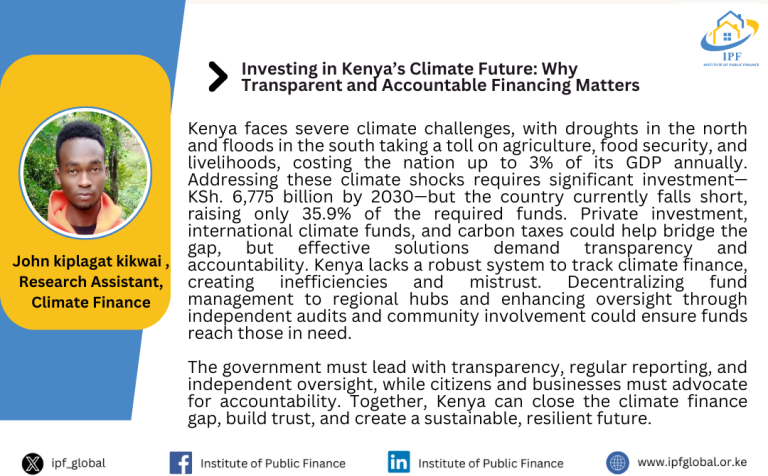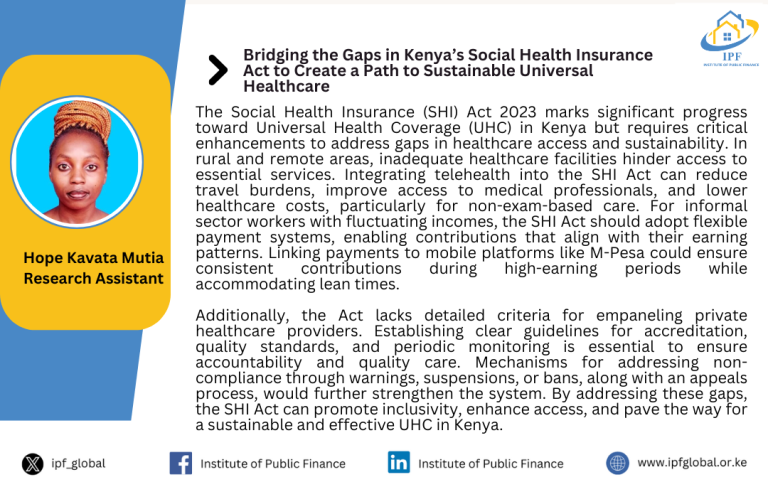In Kenya today Public participation in the budget process especially at the county level is both “means” and “ends” of well-functioning county government. The county government is both the County Executive and the County Assembly. By properly, efficiently and timely engaging the public, demands for the government to be more efficient, responsive, transparent and accountable will increase. It is also clear out of this that the county governments, in turn will become more open to the public’s input and their participation.
As the public hearings for the budget estimates draws to a close, we have noted how active county assemblies have become in placing adverts in the newspapers calling for public participation. Most of the County assemblies are falling in the same category of county executive in placing adverts calling for public participation to avoid the Kiambu county incident where the Courts declared the Finance Act 2013 unconstitutional for lack of input from the public. But what is public participation? Article 10 of the constitution of Kenya, talks of national values among them Participation of the people, Article 118 also clear states that parliament shall facilitate national legislation on public participation and article 196 talks of the county assemblies facilitate public participation.
Despite lack of a guiding national framework on public participation, we are clear as a nation that the reason why an overwhelming majority voted for the new constitution is the believe that the central government rarely involved Wanjiku in the running of the government and development of responsive policies. With the onset of devolution, it has become clear that what happens at the county level, at minimum Wanjiku must be given an opportunity to engage with the county executive and the county assembly.
Effective public participation especially at the ward/sub county level should at minimum meet certain threshold. In his brief Proposal for ward level Budget Hearings, Kenya County Budget process 2014/15 Jason Lakin, Ph.D. provides some pointers on how the process can be made effective. It is also important for the county assemblies to ask themselves questions like, what should each ward hearing discuss? What should we provide to the citizens before the hearings starts? How should these hearings be conducted and how much time should be allocated? Who should we consciously target so as to get maximum input in the hearing process? Should these ward hearings allow for sector bargaining? What are we expecting the public to comment about during the budget hearings? What would convince people that their contribution is being taken seriously and should they expect feedback?
In the dailies on 7th June 2014, at least two county assemblies placed adverts calling for public participation to review the budget estimates for financial year 2014/15 starting the 9th June 2014. What does this tell us? This is a clear evidence of lack of capacity to manage the core elements of our laws as regards to public participation. One startling thing was the request for feedback from members of public and then the lack of provision of the reference document. Being that 7th June 2014 was a Saturday and 9th June 2014 was a Monday what meaningful participation should we expect from the public as far as inputs in the budget process are concerned?
This experience has shown that it is now important more than ever to have a guiding national framework on public participation. The OECD journal on budgeting notes that effective Public engagement creates mutual benefits: citizens become better educated about public policies and government activities; and by tapping into the experience and expertise of their constituents, officials can build more effective and responsive government. This in doubt applies to Kenya and specifically the county governments which are the units of governance closer to the citizens.




